[Question has been rewritten for clarification]
I'm trying to come up with a sorting function. What is being sorted is a list of points.
The sorting function takes in 3 points. One from the list of points to be sorted, and two others that are used for comparison. The goal is to determine the relative euclidean distance the point to be sorted is from the other two points. The lowest value of the function should be given when the point lies directly between the two points. The function should make use of the euclidean distance between both points.
So far seems like the formula should either be the some of the squares of the distance, or to create a point in between the two given points, and use the euclidean distance to that point. below I've include the two possible function so far.
p is the point to be sorted
p1,p2 are the given points
def f(p,p1,p2): #Midpoint distance
midPoint = midpoint(p1,p2)
return distance(p,midPoint)
def f(p,p1,p2): #Sum of squares
return distance(p,p1) ** 2 + distance(p,p2) ** 2
def distance(pointA,pointB): #Psudocode
dx = pointA.x - pointB.x
dy = pointA.y - pointB.y
return sqrt(dx ** 2 + dy ** 2)
Below is an example:

The two points being considered here are the ones with the line drawn between them. The circled points should be the three lowest points in the sorting algorithm. The close point to the left is penalized for being close to one of the two points, but far from the other.